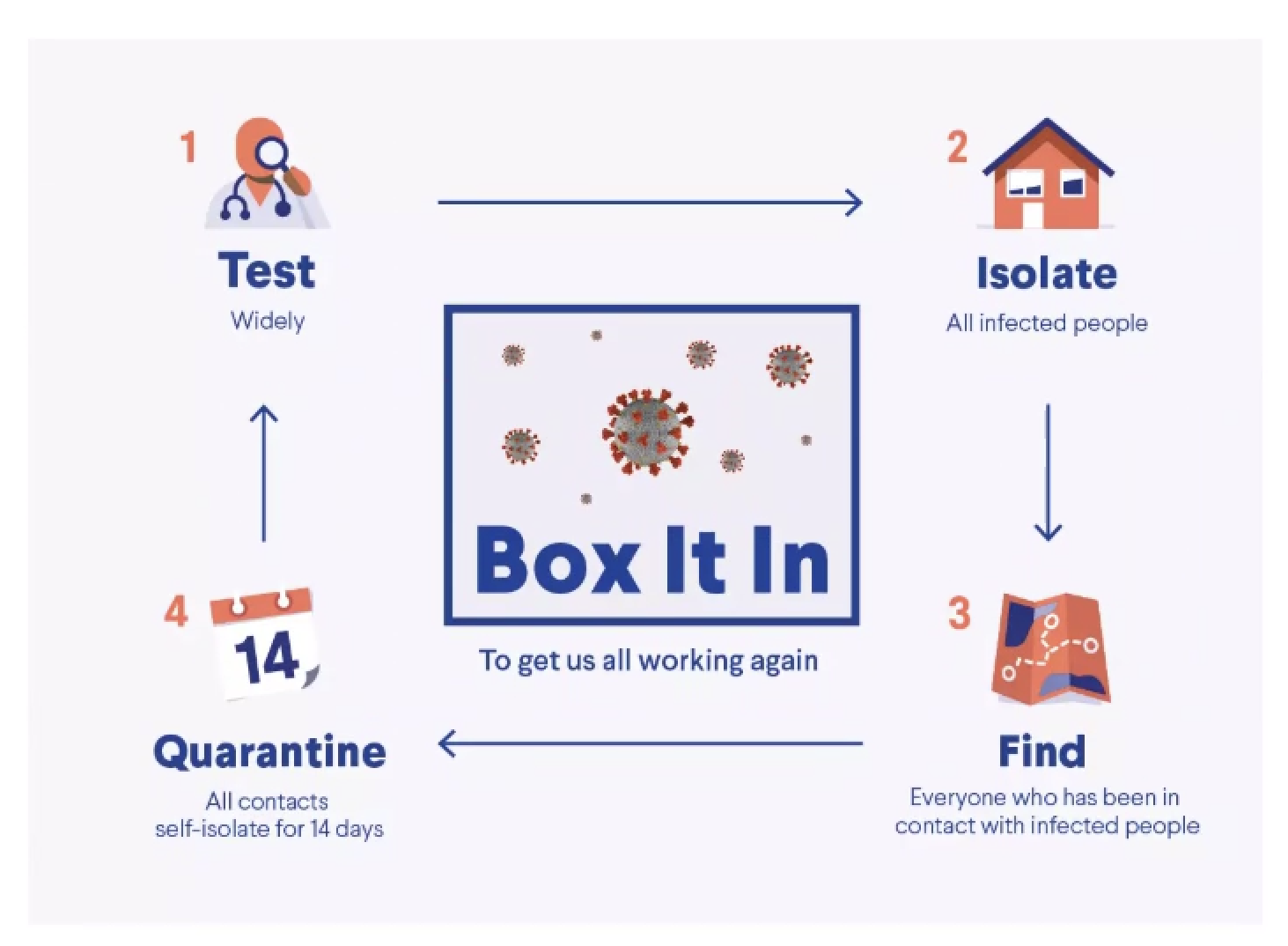A New Contact Tracing Playbook to Help Local Leaders Contain the Spread of COVID-19

Across the United States and the world, cities, states, and localities are at different stages of responding to the COVID-19 pandemic, including establishing programs such as contact tracing that reduce the spread of the virus and save lives. Contact tracing not only helps local leaders keep their constituencies healthy and safe, it is also a critical step before reopening businesses and public spaces.
Michael Bloomberg announced in April that Bloomberg Philanthropies would support the development of a large-scale contact tracing program in partnership with New York State, the Johns Hopkins Bloomberg School of Public Health, and Resolve to Save Lives, committing $10.5 million, organizational support and technical assistance. The funding also includes support for our partner Resolve to Save Lives to create a new Contact Tracing Playbook – published today – to help guide all cities, states, and counties on how to “Box It In.”
Based on the learnings of the contact tracing program in New York State and the expertise of Resolve to Save Lives, this Playbook will serve as a blueprint for scaling up contact tracing around the country, if not the world. While building a workforce of thousands of contact tracers is daunting, this new playbook means public health leaders don’t need to start from scratch. Instead, jurisdictions can act quickly and efficiently.
Included in the Contract Tracing Playbook available online are technical guidance, checklists and community engagement guides, and easy-to-use templates including job descriptions and sample forms and scripts, all aligned with contact tracing guidance released by the US Centers for Disease Control and Prevention. The Playbook will be routinely updated and revised, so local leaders and public health departments have the latest tools to keep all of us safe.
With effective contract tracing – and if we all do our part by following official guidance – cities, towns, and counties can be well on their way to a healthy phased reopening.